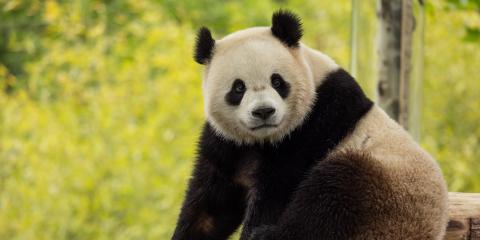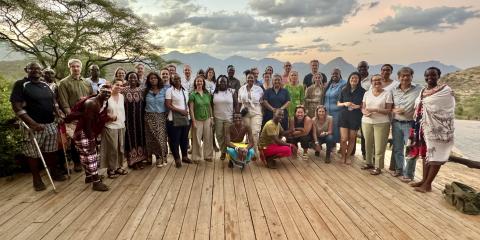News
Displaying 51 - 75 of 2302

October 04, 2024
Drier Winter Habitat Impacts Songbirds’ Ability to Survive Migration

October 04, 2024
Inside the Zoo: A Rare and Life-Preserving Cheetah Surgery

October 01, 2024
Creature Feature: Meet the 'Freshwater Giant' Arapaima
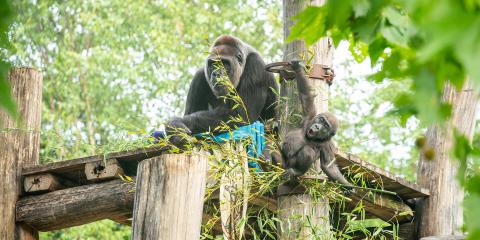
September 24, 2024
#GorillaStory: Happy World Gorilla Day, Zahra!
September 23, 2024
Guam Sihek Released to the Wild

September 06, 2024
Creature Feature: Meet the “Grumpy” Pallas’s Cat

August 30, 2024
How Do You Stomp Out An Elephant Disease?
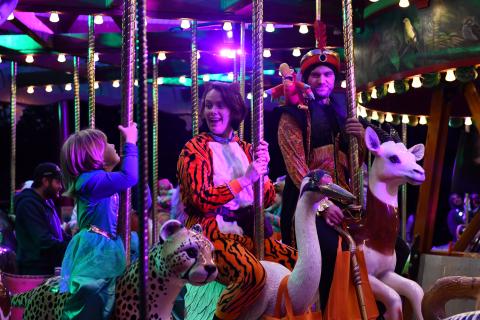
August 20, 2024
Boo at the Zoo and Night of the Living Zoo Return This October

August 20, 2024
Make Way for Ducklings and Chicks
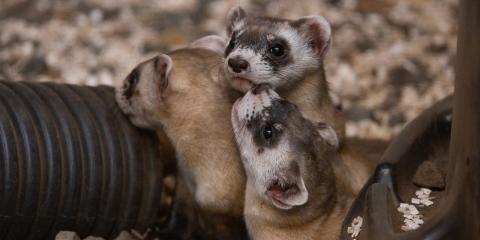
August 16, 2024
Black-footed Ferret Update: How to Do a Health Check

August 02, 2024
Tips for Making the Most of Your Summer Visit to the Zoo

August 02, 2024
Meet the Zoo’s Clouded Leopards

August 01, 2024
Happy Asian Elephant Awareness Month

July 29, 2024
Our Pygmy Slow Loris Babies Have Names

July 22, 2024
Happy National Zookeeper Week 2024

July 17, 2024




